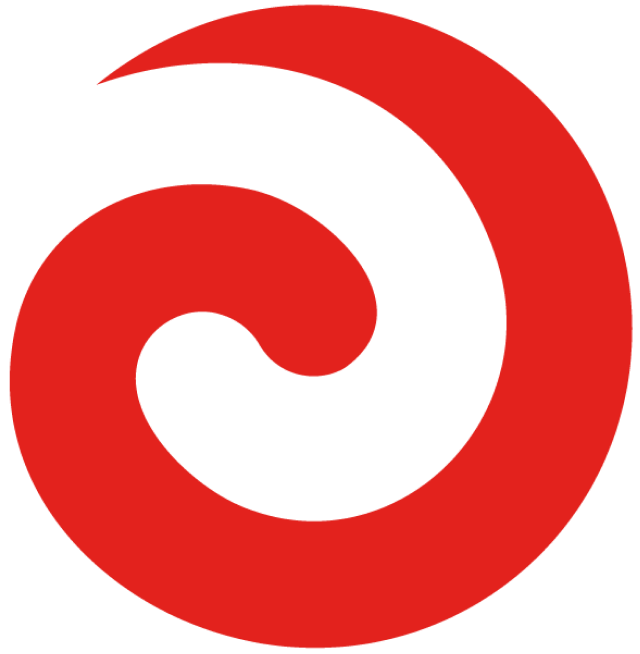Five iwi are part of a ground-breaking project using customary Māori knowledge and marine science to restore shellfish and other species in the Hauraki Gulf.
Ngāti Paoa from Waiheke Island is focusing on pāua, a once-plentiful shellfish that’s now considered functionally extinct in the area. Their numbers have declined so much that they can barely reproduce or support the ecosystem. A rāhui has also been in place since 2021 with little result.
Ngāti Paoa chairwoman Herearoha Skipper says a survey last year of their traditional beds counted only 200 pāua in the traditional beds, all of which were undersized.
“That’s devastating for us as an iwi but particularly for future generations, to think that my mokopuna will never experience certain kaimoana,” she says.
The solution for Ngāti Paoa, and the other iwi—Ngāi Tai, Ngāti Tamaterā, Ngāti Hei, Ngāti Rēhua, and Ngāti Wai—may lie with ‘Pou Rāhui’, a research project that integrates mātauranga Māori and marine science, to inform their understanding of the Gulf and how environmental changes have affected marine life over the years.
Overseeing the project is Kura Paul-Burke, a professor of marine ecology at Waikato University.
She previously worked with iwi to successfully restore mussel beds in the Bay of Plenty’s Ōhiwa Harbour.
But pāua are a different kettle of fish.
“Pāua are like little divas,” she says.
“They need everything to be perfect. If the water is too cold, too hot, too salty, not salty enough - dead - so they’re super fragile. If pāua are not thriving, that’s an indicator that their habitat is degraded.”
Even though the rāhui failed to restore pāua numbers, it created a foundation for Paul-Burke’s work.
Her team used Geographic Information System (GIS) technology to map the traditional pāua beds that iwi members identified. The iwi shared their knowledge about fishing practices, local weather patterns, and sea conditions.
Paul-Burke also trained local rangatahi to free dive, monitor pāua, and understand the conditions they need to survive.
“There’s nothing more powerful than bringing together different knowledge systems and different people with a range of expertise to support the kaupapa,” says Paul-Burke.
She and her husband, Joe Burke, then supervised the collection of 40 pāua from Waiheke and Whitianga to cross-breed and spawn at Arapawa Seafarm in Marlborough.
“We needed experts who were able to not only care for our pāua but increase their wellbeing ... healthy enough to make babies, to hopefully grow and stabilise a future population.”
It worked, resulting in 80,000 pāua, each about the size of a fingernail, to reseed four secret sites around Waiheke, to give the pāua a better chance of survival.
Kina barrens were also cleared. Overfishing of snapper and rock lobsters, the natural predators of kina, led to an overabundance of sea urchins that compete with pāua for space and food.
Paul-Burke and teams of divers removed 5,000 kina from 11 hectares of seabed floor, work that will continue as they monitor the growth of the pāua over 3 to 4 years.
“Just like we do with our mokopuna, our grandchildren, we try to feed them up and give them good shelter. It’s the same concept. We create a kōhanga or nest to house some of the mokopuna. They’re big cages of rocks with openings so they can go in and out at will.”
Pou Rāhui also champions an inter-generational approach, says Skipper, getting young people involved in leading research and driving change.
“One of the things that’s important within our iwi is becoming practitioners of that knowledge. Some are at university doing marine science, and their Master’s degree. We’ve had taiohi going off to learn te reo Māori so that it grounds that mātauranga. One is learning to be a dive instructor, and another has their Skipper’s certificate.”
Paul-Burke wants more fundamental change.
“We don’t have to live with a dying ocean. We really don’t. There’s always hope, but hope must come with action.”


